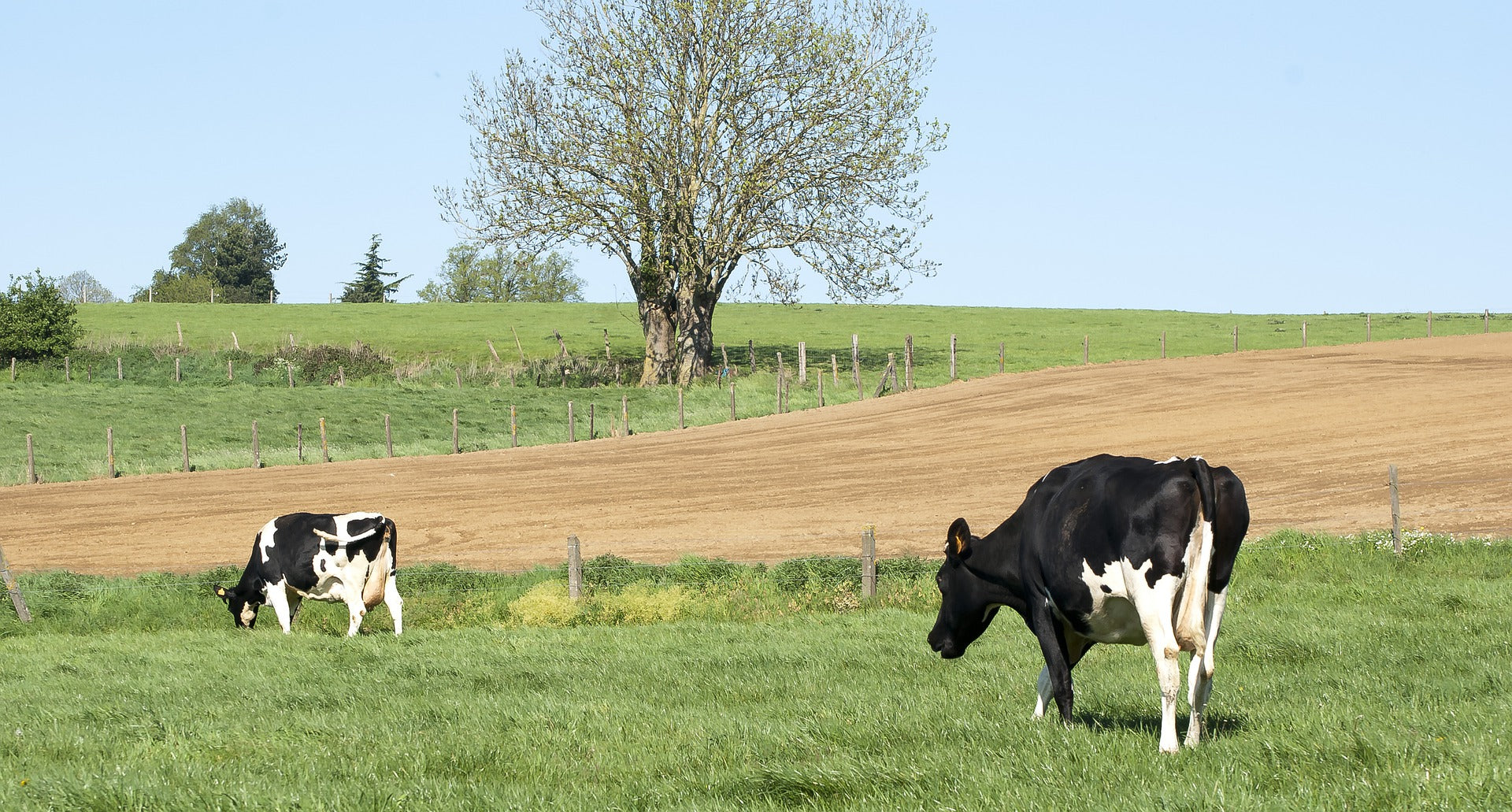We’re sure you’ve heard the age-old phrase “you are what you eat”, but as it turns out, it doesn’t only apply to us. How and what cows are fed actually has a significant effect on the nutrient composition of their beef. Not all cows are fed the same - some are grass fed and some are grain fed. Grass fed cows are granted the freedom to graze on grass throughout their lifespan, whereas grain fed cows are fed a soy and corn-based diet for 50 to 120 days at the end of their life. For beef to be ‘certified pasture fed’, the cows had to have free roam on a pasture for their entire life-span. The cattle that qualify are also certified as free from any nasties, such as antibiotics and growth hormones. Conversely, grain fed cows are regularly spoon fed growth hormones to help increase their weight at the end of their life, even though they have been grass fed since birth.
What’s the Nutritional Difference?
Protein and fat are the main puzzle pieces that make up all beef . But, grass fed is loaded with high-quality vitamins including B12, B3, B6 and is rich in highly bioavailable iron, selenium and zinc. This high quality protein source also has creatine and carnosine which are building blocks for brain function and protein. But, there are the significant differences between grass fed and grain fed cows.
In comparison to grain-fed beef, grass fed beef may have:
- An increased content of antioxidants which prevents or slows damage to cells in the body;
- Larger amounts of Vitamin E which can boost immune function and help to prevent clots forming in the heart arteries;
- A healthier profile of fatty acids including Monounsaturated Fat, Omega-6 Polyunsaturated fats and Conjugated Linoleic Acid (CLA). This fat profile of grass fed beef in varying quantities has a multitude of health benefits which could reduce heart disease risk and aid weight loss;
- Up to 5 times the amount of omega-3 fatty acids. Omega-3 can improve eye health, help with depression and anxiety plus promote brain health in all stages of life, including pregnancy.
Can Beef Impact the Environment?
Well, yes! But, there could be many potential benefits to grass fed beef over grain fed. Due to the grass fed cattle being on pasture throughout their life, they are able to contribute to ecosystem regeneration. This could mean restoration of soil microbial diversity, helping the land become more resilient to droughts and floods. Therefore, this can boost the nutrient contents and flavour found within livestock and plants.
So, What’s the Verdict?
Well, it’s up to you and your personal preference! Ultimately, grass fed beef can be a great source of protein and fats with added nutritional benefits compared to grain fed. It is also better for the environment and makes sure those cows are treated fairly throughout their life. It’s also important to know the nutritional information of beef for specific diets. A ketogenic diet relies heavily on high-quality fats to help brain function; therefore, it would be beneficial for an individual living a keto lifestyle to choose grass fed beef over grain fed. Nourish’d is also 100% preservative free. If we are serving beef that potentially has unnatural qualities from the cow feed this would align with the Nourish’d ethos. If you want to incorporate more grass fed beef into your diet click here to view the Nourish’d menu! We have a range of healthy, balanced meals that include grass fed beef. Beef Cheek Ragu, Beef Stroganoff, Beef Massaman and our Classic Roast Beef are available. Cut off for ordering is 5pm every Thursday - order now.
Other Resources
- https://www.healthline.com/nutrition/grass-fed-vs-grain-fed-beef#differences
- https://www.healthline.com/nutrition/monounsaturated-fats
- https://www.npr.org/sections/thesalt/2019/08/13/746576239/is-grass-fed-beef-really-better-for-the-planet-heres-the-science
- https://www.vicsmeatmarket.com.au/post/what-s-the-difference-between-grass-fed-and-grain-fed-beef#:~:text=Grain%20fed%20beef%20comes%20from,in%20a%20grass%20fed%20environment.
- https://online.vicsmeat.com.au/blogs/the-chefs-weekly/whats-the-difference-between-grass-fed-and-grain-fed-beef?gclid=CjwKCAjwhYOFBhBkEiwASF3KGVNeBVC8RnQt93RZNav6sfv0lmrUtUCCqpp0s6lErYihtP2vybi7khoCUUcQAvD_BwE



